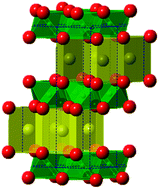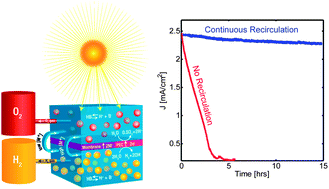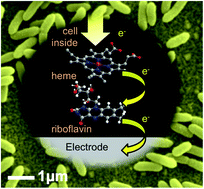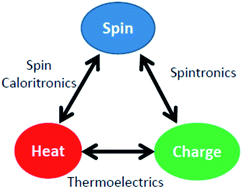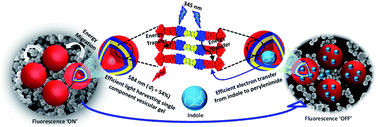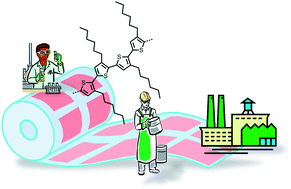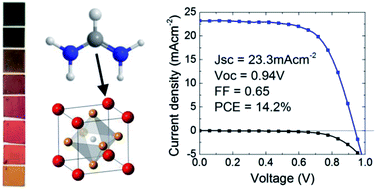Researchers from the University of Science and Technology Beijing, China, have developed a novel technique for the fabrication of multi-shelled α-Fe2O3 microspheres. The spheres, when tested as anode materials for Li-ion batteries (LIB), give ultra-high specific capacity values of up to 1702 mAhg-1, which is about 5 times higher than that of graphite (372 mAhg-1) – the currently employed material for LIB anodes.
The performance of the current generation of LIBs is fundamentally limited by the properties of their material components. The charge stored per gram, or specific capacity, of the anode is one such limiting factor; with graphite restricted to a maximum capacity of 372 mAhg-1. Numerous other materials are capable of exceeding this value, however they typically suffer from poor rechargeability (or cycle stability) owing to the fact they expand/contract considerably upon charge/discharge cycling – which causes the electrodes to crumble.
One such material is α-Fe2O3, or hematite, which, as well as being low-cost, abundant and non-toxic, has a high theoretical capacity of 1000 mAhg-1, however it suffers from a destructive volume change of about 90 % upon cycling. A group led by Dan Wang has managed to overcome this problem by preparing α-Fe2O3 as hollow, thin-shelled, concentric microspheres, which are capable of buffering the mechanical stresses upon cycling and therefore prevent crumbling.
In their paper, they reported stable reversible capacities as high as 1702 mAhg-1, which is record-breaking performance for additive-free α-Fe2O3 – and even beats the maximum theoretical capacity of 1000 mAhg-1. What’s more, the materials also display excellent high-current performance; maintaining a high capacity of about 1100 mAhg-1 at a current rate of 1 Ag-1. The authors attributed this excellent performance to the novel concentric shell structure of the hollow microspheres, which is capable of buffering mechanical stresses whilst providing a high surface area for rapid Li-ion transfer kinetics.
So could Dan Wong’s α-Fe2O3 spheres the next big thing for Li-ion batteries? He-matite just be on to something…
Interested? Read the full article here:
α-Fe2O3 multi-shelled hollow microspheres for lithium ion battery anodes with superior capacity and charge retention
Simeng Xu, Colin M. Hessel, Hao Ren, Ranbo Yu, Quan Jin, Mei Yang, Huijun Zhao and Dan Wang
Energy Environ. Sci., 2014, Advance Article
DOI: 10.1039/C3EE43319F












